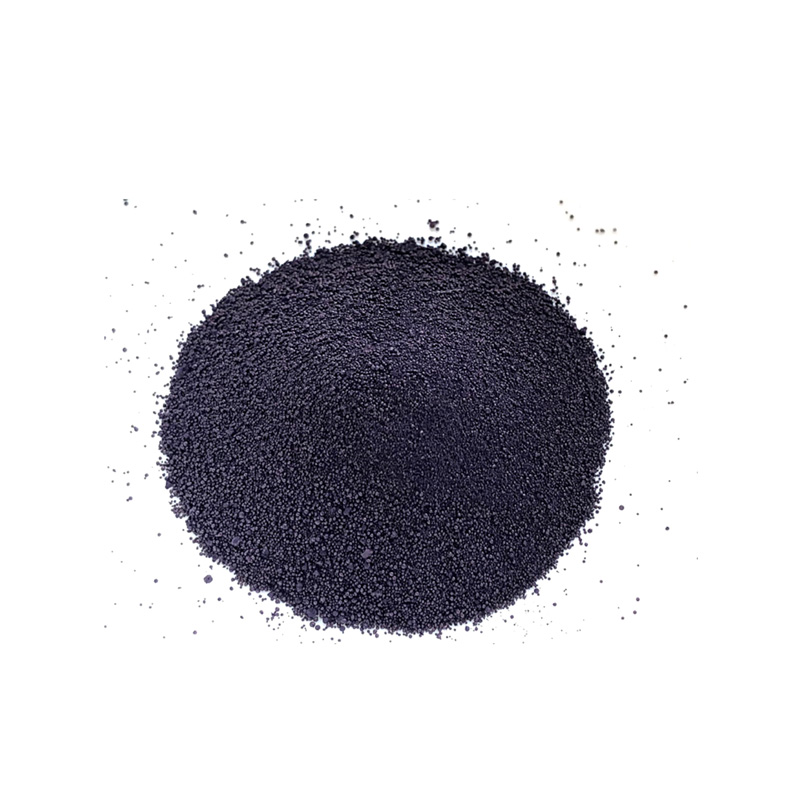Indigo Ink Dye - Eco-Friendly Coloring Solutions
Indigo Ink Dye A Journey Through Color and Culture
Indigo ink dye has a rich history that traverses continents and cultures, embodying both an artistic medium and a significant cultural symbol. Derived from the leaves of the indigo plant, this dye has been utilized for centuries, with its use dating back over 6,000 years. The deep, vibrant blue hue it produces has captivated artists, artisans, and cultures alike, leading to its prominence in textiles, art, and even writing.
Historically, indigo dye was a valuable commodity. In ancient India, it was considered the “blue gold” and played a crucial role in the economy. The traditional method of extracting dye from the indigofera plant involved fermenting the leaves to produce a blue dye that was both rich and lasting. This craft has been passed down through generations, highlighting the skill and tradition inherent in indigo dyeing techniques.
As trade routes expanded, indigo made its way across the globe. It became a sought-after dye in Europe, particularly during the 18th century when it was used to color fabrics such as cloth and cotton. The rise of indigo plantations in places like the American South and the Caribbean capitalized on the demand for this vibrant dye, transforming the agricultural landscape and the economy.
indigo ink dye

In addition to its economic impact, indigo ink dye is intertwined with cultural significance
. In various cultures, the color blue symbolizes a range of meanings, from spirituality to protection. In West Africa, indigo is used in traditional ceremonies, signifying status and lineage. Similarly, in Japan, the practice of Shibori—a tie-dye technique that utilizes indigo—creates unique patterns and textures, showcasing both artistry and connection to nature.The resurgence of interest in natural dyes has brought indigo back into the spotlight in recent years. As people become more environmentally conscious, the appeal of using organic materials instead of synthetic dyes is growing. Artisans and crafters are returning to traditional methods of indigo dyeing, celebrating the beauty and uniqueness of each handmade piece. The imperfections and variations found in naturally dyed fabrics tell stories of their origins, fostering a deeper connection to the craft.
Moreover, indigo ink dye has also made its way into the realm of art and writing. Artists utilize indigo ink to create striking visuals, while writers appreciate its rich tone, which adds depth to handwritten works. The process of making indigo ink often involves similar techniques as dyeing, where the transformation from plant to pigment reflects a deep understanding of chemistry and artistry. The resulting ink can evoke a sense of calm and introspection, as the blue has been historically associated with tranquility and creativity.
In conclusion, indigo ink dye is not merely a color; it is a representation of human history, culture, and creativity. Its journey from plant to pigment mirrors the paths of trade and tradition, while its deep hues continue to inspire and connect people across the globe. As we embrace sustainable practices, the art of indigo dyeing remains relevant, serving as a reminder of the beauty found in nature and the importance of preserving cultural heritage. Whether in textiles, art, or ink, indigo will undoubtedly continue to color our world for generations to come.
-
The Timeless Art of Denim Indigo Dye
NewsJul.01,2025
-
The Rise of Sulfur Dyed Denim
NewsJul.01,2025
-
The Rich Revival of the Best Indigo Dye
NewsJul.01,2025
-
The Enduring Strength of Sulphur Black
NewsJul.01,2025
-
The Ancient Art of Chinese Indigo Dye
NewsJul.01,2025
-
Industry Power of Indigo
NewsJul.01,2025
-
Black Sulfur is Leading the Next Wave
NewsJul.01,2025

Sulphur Black
1.Name: sulphur black; Sulfur Black; Sulphur Black 1;
2.Structure formula:
3.Molecule formula: C6H4N2O5
4.CAS No.: 1326-82-5
5.HS code: 32041911
6.Product specification:Appearance:black phosphorus flakes; black liquid

Bromo Indigo; Vat Bromo-Indigo; C.I.Vat Blue 5
1.Name: Bromo indigo; Vat bromo-indigo; C.I.Vat blue 5;
2.Structure formula:
3.Molecule formula: C16H6Br4N2O2
4.CAS No.: 2475-31-2
5.HS code: 3204151000 6.Major usage and instruction: Be mainly used to dye cotton fabrics.

Indigo Blue Vat Blue
1.Name: indigo blue,vat blue 1,
2.Structure formula:
3.Molecule formula: C16H10N2O2
4.. CAS No.: 482-89-3
5.Molecule weight: 262.62
6.HS code: 3204151000
7.Major usage and instruction: Be mainly used to dye cotton fabrics.

